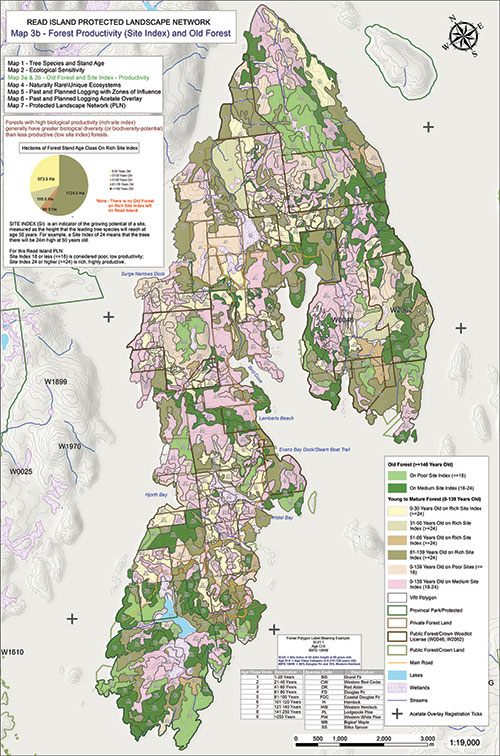MAP 3b Forests and Site Index/Productivity
Read Island’s natural character included rich biological diversity in forests of giant trees that thrived in a landscape linked and nourished by a stable network of freshwater ecosystems.
In the past 150 years, human activities have dramatically altered the natural character of this place we call home. If you take a walk in the woods the giant stumps also reveal what-was. This island, once blanketed with old forest on its mostly-rich landscape, now has NO Old Forest on growing on rich Site Index. This map also shows new forests, and thereby illustrating the extent of what was previously old forest growing on those same rich sites.
The PLN maps also identify older mature forests. These are heterogeneous forest ecosystems with growing levels of biodiversity. These are the foundation of a forest that only requires time to become old. Older mature forests are vitally important because they are our future old forests.
Read Island’s old forests are remnants. They are not old forests of giant trees growing on rich sites; however, Read Island’s remaining old forests are nevertheless rare habitats. They are reservoirs of high biodiversity for important ecological communities. They contain deep accumulations of coarse woody nutrients (debris) that hold moisture and benefit soil organisms. These forests recirculate vast amounts of water and store and sequester vast amounts of carbon. They are stable and resilient, and they will live a long time if we protect them.
Data Used to Make this Map:
2019 Resource Inventory (VRI)
*Keystone Species, Mutualism, Micorrhizae (definitions)
*Large Old Trees…


